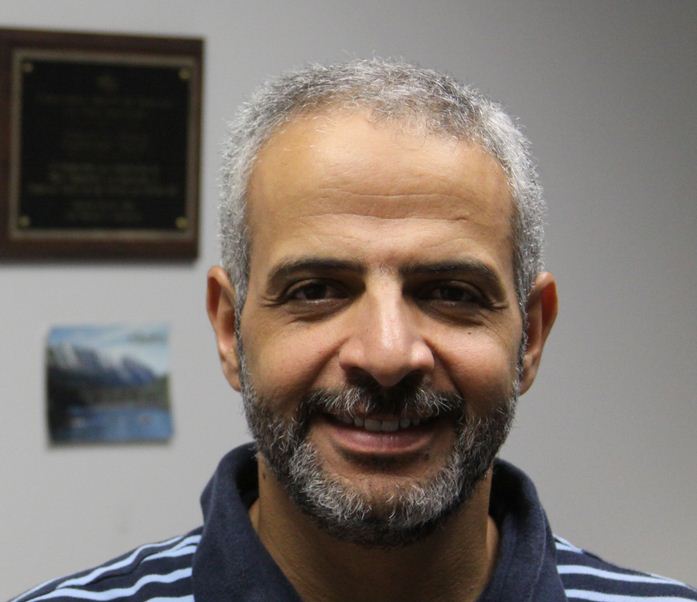
Dr. Al-Mubaid received his Ph.D. degree in Computer Science from University
of Texas at Dallas (UTD) in 2000 with distinguished dissertation award. He is currently an Associate professor
of Computer Science and Computer Information Systems at the University of Houston-Clear Lake (Texas,
USA). Dr. Al-Mubaid’s
main research interests are centered around
machine learning
and bioinformatics
and include
natural language processing,
and data mining.
In bioinformatics, his research interests includes semantic similarity measures using gene ontology (GO),
identifying multifunctional genes,
gene-disease associations,
protein localization prediction
and biomedical text classification.
In natural language processing (NLP), he developed several algorithms and systems to prove the importance of context-based approach to NLP including: context-based errors detection,
word prediction,
text categorization,
word classification,
biomedical term disambiguation
and document clustering.
Also he devised a (new) way of learning from ‘good’ versus ‘bad’ features in context-based NLP. He is currently writing a book on “Natural Language Processing: Context-based Approach”. Moreover, Dr. Al-Mubaid, with his students, developed an efficient method for measuring semantic similarity of biomedical terms using multiple ontologies within the UMLS framework. That similarity measure has been developed in CPAN and available freely through: UMLS-Similarity-0.17 > UMLS::Similarity::nam: http://search.cpan.org/~btmcinnes/UMLS-Similarity-0.17/lib/UMLS/Similarity/nam.pm. Besides, he has research projects
and publications in learning and educational based research (e.g. Self-regulated learning). He serves
as program chair and committee member of many regional and international
conferences. He also serves in the
editorial, technical board and reviewer for several journals. He is in the board of directors of ISCA,
a member in ACM, IEEE, IEEE computer society, ACL, and other professional
organizations. His teaching experience includes large number of undergraduate
and graduate computer science courses.
See his publications.